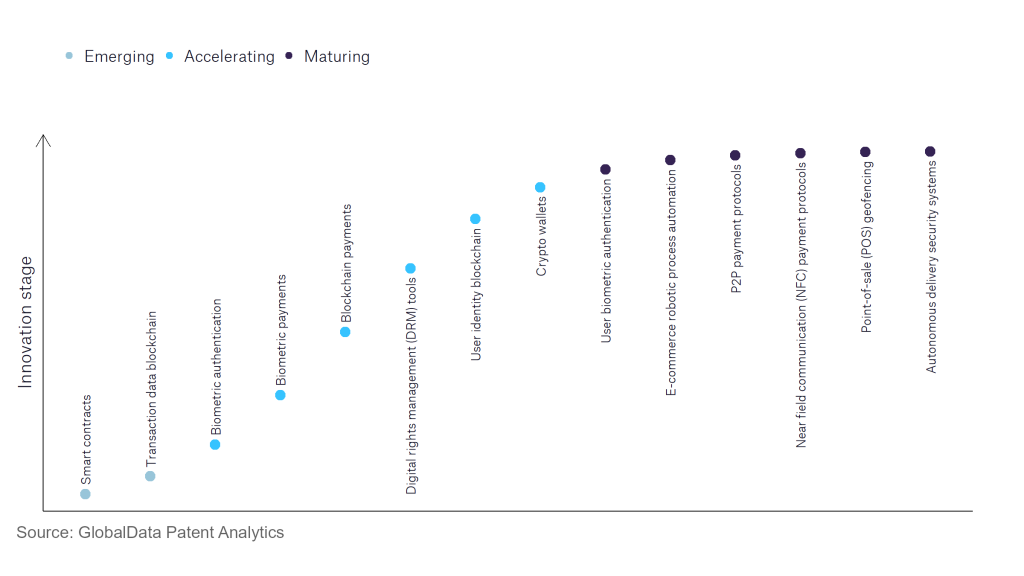Dumb money dove into crypto crises, BIS says, while institutions fled

BIS analysis suggests that large investors, known as “whales”, may have profited at the expense of retail users.
getty
When the going gets tough in cryptoland, retail investors have tended to buy on the way down, essentially taking deteriorating assets off the hands of more cautious professionals, a new analysis from the Bank for International Settlements shows.
“Crypto trading activity increased markedly” in the wake of recent failures such as the FTX exchange and the terraUSD stablecoin with “large and sophisticated investors selling and small retail investors buying,” according to the organization, which acts as the central bank for the world’s central bank. banks.
In the days following the TerraUSD collapse in May 2022, which resulted in a loss of over $450 billion for the crypto market, and FTX’s bankruptcy in November 2022, major exchanges that cater to retail investors including Binance and Coinbase saw an influx of daily active users on their platforms their. and an increase in trading activity, according to the BIS study.
The data reveals that large holders of bitcoin, those with at least 1,000 units of the cryptocurrency and known as “whales”, reduced their holdings after the shock episodes, while medium holders, and even more small holders, called “krill”. bought more. The BIS suggests that smaller investors turned to bitcoin to avoid upsets in more vulnerable digital assets, but lost money as the contagion reached their new holdings.
BIS
To identify these patterns, BIS built a database of retail investor activity on crypto exchange apps from August 2015 to mid-December 2022 using data from Sensor Tower, which collects information on downloads and active usage for more than 200 crypto exchange apps available on the Apple
Data referenced in the bulletin also indicates that a majority of investors likely lost money on their bitcoin investments during the study period. Investors outside major economies took the biggest hit.
Three-quarters of users in the BIS data set downloaded a crypto platform app when the price of bitcoin was above $20,000. Assuming that each new user bought some of the cryptocurrency in the month of the first app download and continued to invest at a monthly frequency, the median investor would have lost $431 by December 2022. This proportion is even higher in emerging market economies, including Brazil, India, Pakistan, Thailand and Turkey, the analysis shows.
It further indicates that the traditional financial system suffered limited impact from the crypto crash, and that there is “at best a weak correlation between broader stress and crypto losses.”
Recent data suggests smart money remains bearish on the sector. According to a Feb. 27 report from digital asset manager CoinShares, bitcoin saw investor outflows for the third consecutive week totaling $12 million, while bets on the asset increased by $10 million. James Butterfill, the firm’s head of research, pointed out that this negative sentiment was observed exclusively in the United States
“We believe this reaction reflects nervousness among US investors following the recent stronger-than-expected macro data, but also highlights its sensitivity to the regulatory crackdown.”
Last month, the Securities and Exchange Commission sued Terraform Labs, the operator of terraUSD, and CEO Do Kwon, alleging they orchestrated a multibillion-dollar fraud by selling a number of linked crypto assets in unregistered transactions that should have fallen under securities laws. The SEC has also told Binance’s stablecoin partner Paxos that it was under investigation, also for selling what it considered unregistered securities. In addition, three top US financial regulators issued a joint statement to banking organizations last month, warning them to exercise caution in their dealings with cryptocurrencies.

























